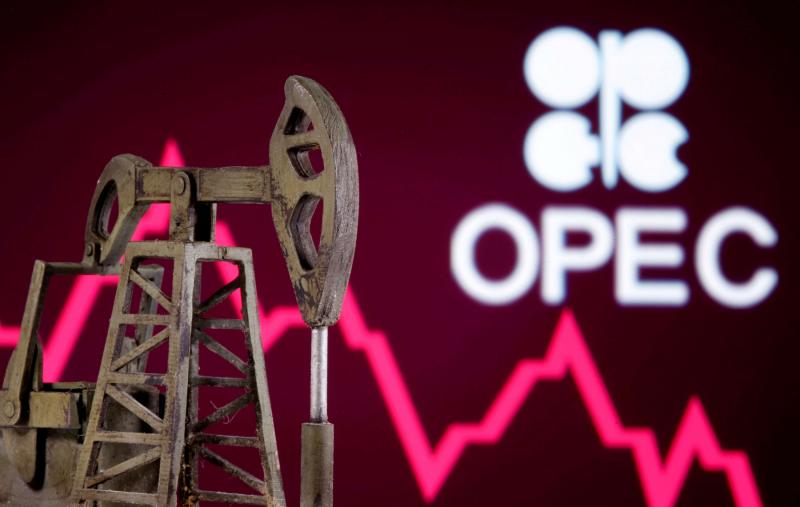(S&P Global Platts) Crude oil production by OPEC and its partners fell to a six-month low of 41.58 million b/d in April as Russian production took a battering from Western sanctions, the latest Platts survey by S&P Global Commodity Insights found.
OPEC’s 13 members raised output by 70,000 b/d to 28.80 million b/d, led by gains in Saudi Arabia and Iraq, but production by key ally Russia fell by 900,000 b/d, and Kazakhstan also registered significant losses.
This meant the glaring gap between OPEC+ production and quotas rose to a record-high 2.59 million b/d as 13 out of the 19 countries with quotas struggled to hit their output targets, the survey found.
The shortfall propelled the group’s quota compliance to 220.3% — illustrating how the sanctions on Russia, along with capacity constraints faced by several members, have eroded the alliance’s ability to balance the market even as it keeps raising its production targets every month.
The latest OPEC+ meeting on May 5 resulted in another 432,000 b/d collective quota increase for June.
Crude prices, which were already climbing as global oil demand has recovered from the pandemic, have largely remained above $100/b since Russia launched its invasion of Ukraine in late February, though tempered somewhat by widespread COVID-19-related lockdown measures in China.
Russia’s output plunged to 9.14 million b/d in April, far below its quota of 10.44 million b/d, the survey found, and is expected to fall further with the EU preparing to impose an embargo on oil supplies from the country to choke its income.
Its alliance with OPEC, forged in late 2016, has helped the producer group boost its influence in global oil markets, but the war is leaving the Kremlin increasingly isolated.
Fellow non-OPEC producer Kazakhstan saw its output fall 220,000 b/d to 1.33 million b/d following damage to offshore loading facilities at the Russian port of Novorossiisk, from which its CPC Blend crude is exported.
The outage lasted almost a month before loadings returned to normal towards the end of April.
Politically unstable Libya’s production also tumbled, with various factions blockading ports and key oil fields, while Nigeria remains hampered by issues to several of its key oil streams, according to the survey.
A few big gainers
OPEC kingpin Saudi Arabia raised its output by 150,000 b/d in April as exports rose sharply on strong demand for its crude. It pumped 10.40 million b/d, its highest in two years, just shy of its quota of 10.44 million b/d, the survey found.
Refinery runs and storage volumes were also up on the month as the country’s new 400,000 b/d Jazan refinery readies for a full startup, according to market sources.
Iraq produced 4.42 million b/d in April, a rise of 80,000 b/d from March as it managed to post a sharp rise in its oil exports.
Crude oil loadings from both Iraq’s southern terminals and from the semi-autonomous Kurdish region rose to pre-pandemic highs, according to official data and shipping reports seen by S&P Global.
The survey figures, which measure wellhead production, are compiled using information from oil industry officials, traders, and analysts, as well as by reviewing proprietary shipping, satellite, and inventory data.



